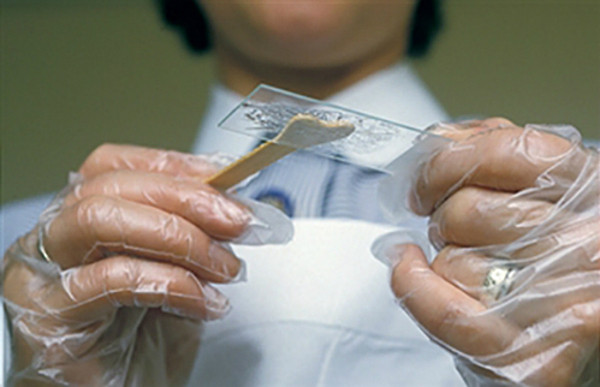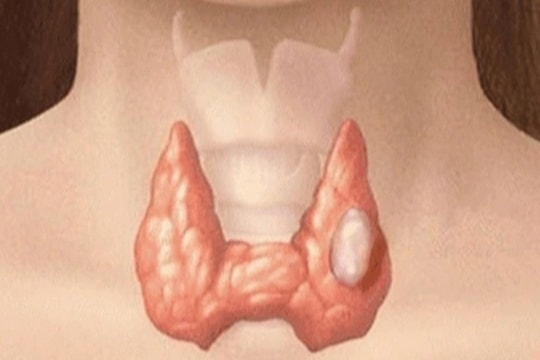Methods for early detection of uterine cancer
Cervical cancer ranks second in the number of new cases and causes of death in Vietnamese women each year, after breast cancer.
Associate Professor Luu Thi Hong, Lecturer at Hanoi Medical University, said the above at the Obstetrics and Gynecology - Reproductive Support Conference, on the occasion of the 50th anniversary of the establishment of the Obstetrics and Gynecology Department, Bach Mai Hospital on November 29.
“Many women are saved from complications related to childbirth, but can then contract and die from other gynecological cancers, including cervical cancer,” said Ms. Hong.
According to Ms. Hong, cervical cancer is not a genetic disease, the main culprit causing the disease is the HPV virus (human papillomavirus). Normally, HPV has more than 100 types but 14 types have a high risk of causing this type of cancer. HPV 16 and HPV 18 are the two strains with the highest potential to cause cervical cancer, they are found in 70% of cervical cancer cases. In addition, this virus also causes cancer of the vulva, vagina, penis, anus, and genital warts.
"All sexually active women are at risk of being infected with high-risk HPV that causes cancer," Ms. Hong affirmed. HPV is transmitted sexually and non-sexually. In particular, this virus can be transmitted only through sexual contact (genital-genital; hand-genital; mouth-genital). In addition, items such as underwear, surgical gloves... are also objects of transmission. Mothers can also transmit HPV to their children during childbirth.
 |
| Women can be diagnosed with HPV infection through abnormal Pap smear results. Photo: Designntrend. |
Ms. Hong said that people who have sex before the age of 17, have sex with many people, give birth many times, have genital inflammation caused by the Herpes virus... are favorable factors that increase the risk of cervical cancer. Other causes such as immune deficiency, endocrine factors, smoking addiction... also increase the risk.
To prevent and control cervical cancer, in addition to health education and communication measures, experts believe that three levels of prevention are needed, including safe sex, HPV vaccination, and screening and treatment of precancerous lesions. HPV testing is very valuable in cervical cancer screening.
The HPV vaccine is recommended for women aged 9-26, preferably between 11 and 12 years. The vaccine is most effective when given before the first sexual intercourse. The vaccine is given in three doses, with the second dose at least one month after the first dose and the third dose at least three months after the second dose.








